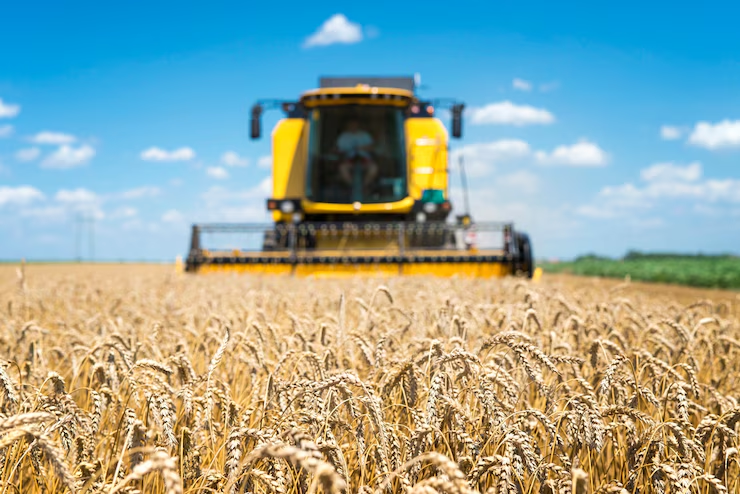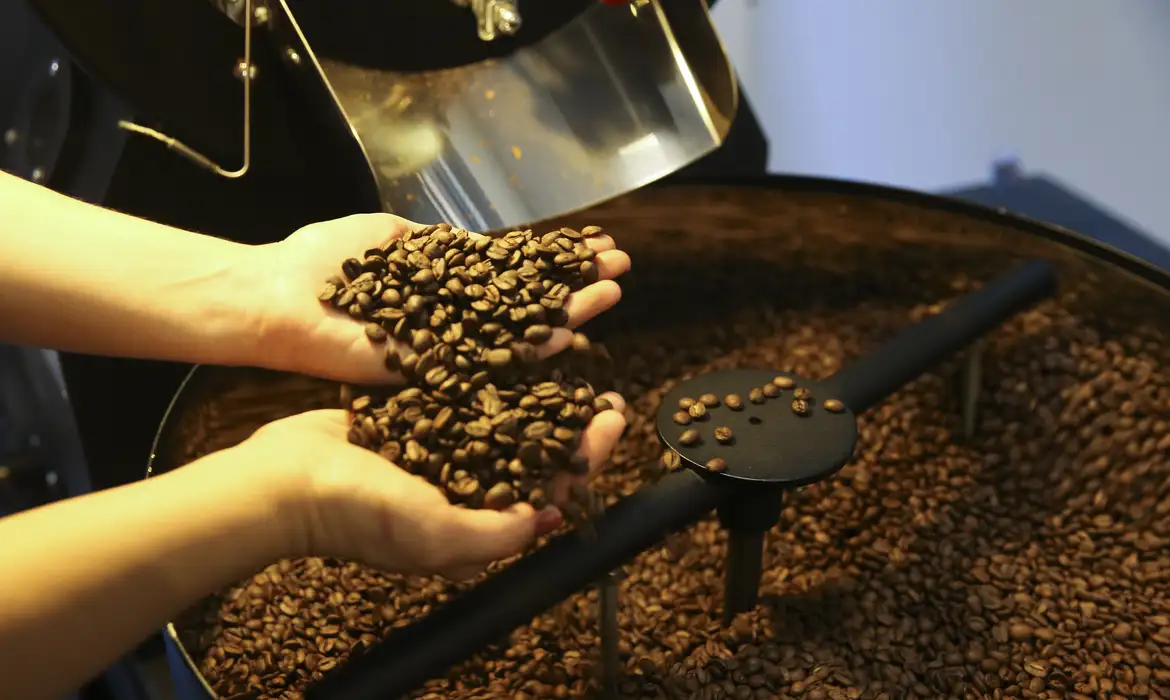2023 harvest is forecast at 299.7 million tons of grains, points out IBGE

According to information from the IBGE, rice, corn and soy are the three main products of this group, which together represent 92.4% of the estimated production and account for 87.4% of the area to be harvested.
Carlos Barradas, manager of the Systematic Survey of Agricultural Production (LSPA), clarifies that both soy and corn production, the totality of cereals, legumes and oilseeds, are a record in the IBGE historical series.
“For soybeans, a production of 147.2 million tons was added. A monthly increase of 1.5% and a growth of 23.2% compared to what was produced in 2022. For corn, 119.8 million tons, a monthly decline of 1.4% and an annual increase of 8 .7%”, he informs.
When compared to 2022, a growth of 23.2% was noted for soybeans, 8.7% for corn, with increases of 9.7% in the 1st harvest and 8.4% in the 2nd harvest. However, there was a drop of 7.6% for rice. There was also an increase of 3.3% in the area to be harvested for corn, an increase of 1.2% in the 1st harvest and 4.1% in the 2nd harvest. However, there was a decrease of 6.5% in the rice area.
See scenarios for each region and state
Evandro Oliveira, consultant for Safras e Mercados, explains that one of the reasons for the drop in the rice crop was the intense drought in the main producing region of Rio Grande do Sul.
“Rice was already coming from a time of tight margins and even certain losses to producers. So this was already stimulating a drop in the rice area, which ended up intensifying due to the drought we had in Rio Grande do Sul”, he adds.
The forecast for total bean production in 2023 is 3.1 million tons, a decrease of 0.5% compared to the February estimate. The amount of beans produced in 2023 should be enough to meet domestic demand throughout the year.
The consultant explains that both rice and beans are going through similar situations due to the drought and the systematic drop in domestic consumption, since this grain cannot be exported because it does not have an active foreign market.
“Due to tight margins, high production costs and a retraction in consumption crop after crop and also due to weather phenomena that affected the production of beans, beans have also been counting on a daily drop”, he claims.
Oliveira informs that “currently, bean production is estimated below 2.9 million tons, whereas in previous seasons, beans used to present a total production of approximately 3 or more than 3 million tons’.
The IBGE also disclosed that Brazil should produce 3.3 million tons of Arabica coffee and 1 million tons of canephora or conillon, as it is better known.
See more:
Productive sector points out benefits of outsourcing for companies and employees
Treasury calls for urgency in voting on the legal framework for loan guarantees
By Brasil 61




